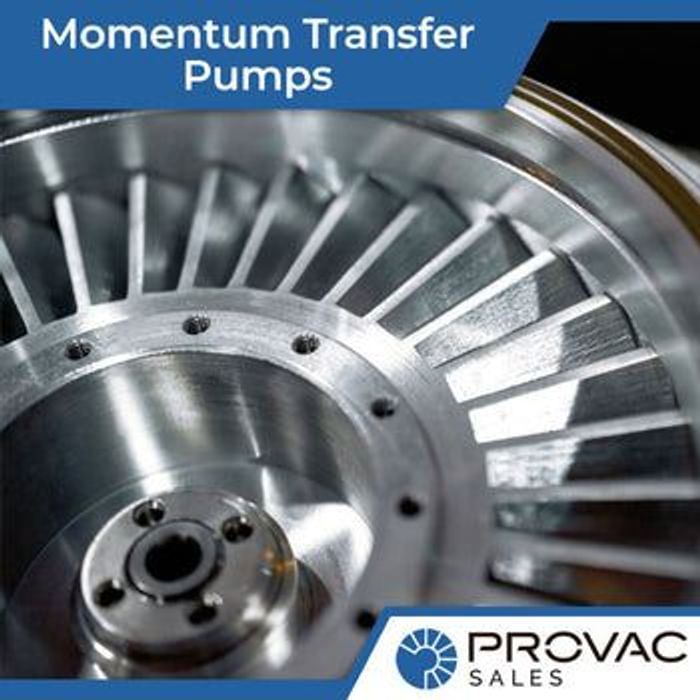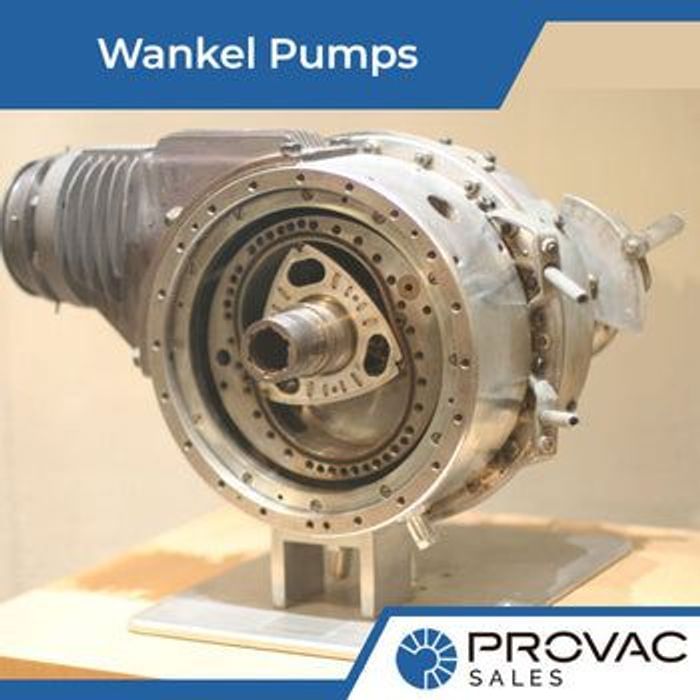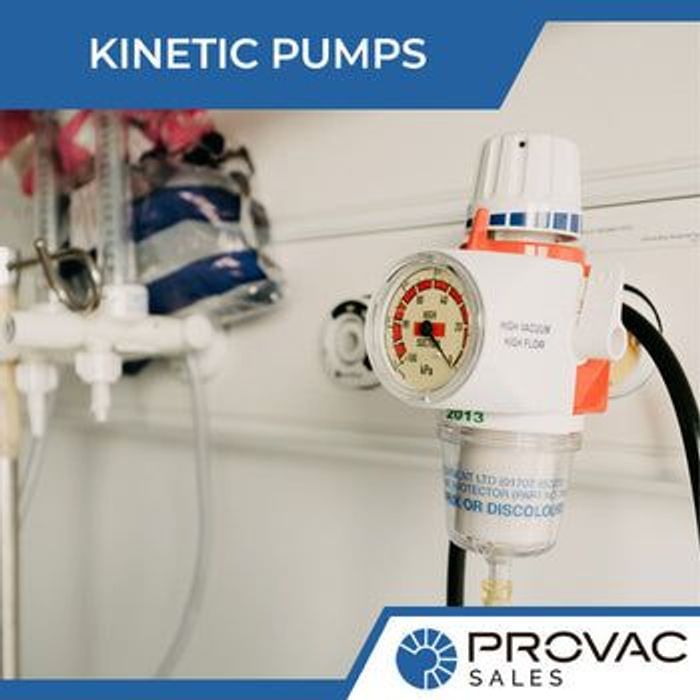Vacuum applications contain a variety of vapors. A cold trap condenses all those vapors into a solid or liquid state except for the permanent gases. The main function of the cold trap is to prevent contamination inside the vacuum applications. While conducting experiments, scientists want the container to sit airtight so that no vapor can evacuate. Not just that, the vessel also doesn’t allow any gas to enter the chamber. That’s where cold traps come in. They prevent vapors from coming into the vacuum pump or backstreaming from the vacuum pump.
Application of a cold trap
The cold trap would condense the incoming vapors in the chamber to stop contamination. This application is very useful while removing high quantities of liquid in freeze-drying. Apart from vacuum applications, scientists also use cold traps in cooling surfaces, such as baffles. The cold trap doesn’t allow oil vapors to flow from the pump and enter into the concealed chamber. In this setup, the baffle contains several cooling vanes attached to the existing pump. The cooling surfaces have a cryogen that strikes the vanes so that they can condense the overflowing oil vapors.
Where are cold traps used?
Cold traps are used in applications where the process is coming over in a vapor form and needs to be trapped. There are many different types of traps depending on what the chemical composition is of the process. In certain processes, gasses traveling in a vapor form can be easily trapped when they are rapidly cooled, causing the vapor to condense and the condensation can be collected in the trap.
In addition to these pumps, scientists also use cold traps for experiments that require vacuum lines, such as the ones that use very low-temperature conditions for condensation and distillation. The cold trap will contain a freezing mixture of acetone and dry ice or coolant like liquid nitrogen. This technique is often performed on a larger scale, popularly called freeze-drying. The cold trap, in this setup, works as the condenser.
Parts of a cold trap
A cold trap usually has two parts. It looks like a test tube in a U-shaped chamber. The bottom of the cold trap is significantly larger than the top half. It has a thick round tube surrounded and protected by ground-glass joints. The second part of the unit contains a cap. This part also has ground-glass connections to prevent possible leaks. There is also a unique thing about the construction of the tube. The length is almost half of the length of the chamber so that it has enough space to accommodate the oil vapors after condensation.
How to use the cold trap
It may sound like a no-brainer, but cold traps will not work if they are not cooled properly. Common failures of cold traps are not running the connected chiller at the required temperature, or in the case of a dry ice trap, letting the dry ice run out makes the trap ineffective. If you are using a cold trap, make checking the trap regularly as part of your standard procedure.
Benefits of using a cold trap
- It is a compact and leak-tight structure that doesn’t pass even an ounce of oil vapor. With direct mounting installed at the inlet, you can expect the cold trap to keep the gases intact inside the chamber.
- It offers direct visibility of the condensate. Cold traps have transparent catch-pots that allow you to see the condensate from a distance.
- Sometimes the condensate can be a pollutant. The cold trap has outlets that can drain the condensate easily.
Cold traps are highly useful in handling volatile solvents, thus reducing the backstreaming of various oil molecules in the vacuum chamber. Apart from this filtration process, it also increases the pumping speed of vapors from the container to the vacuum system.





